BMW i4 vs VW Golf - Differences and prices compared
Costs and Efficiency:
Looking at overall running costs, both models reveal some interesting differences in everyday economy.
VW Golf has a convincingly advantage in terms of price – it starts at 25200 £, while the BMW i4 costs 49400 £. That’s a price difference of around 24176 £.
As for range, the BMW i4 performs convincingly better – achieving up to 613 km, about 470 km more than the VW Golf.
Engine and Performance:
Power, torque and acceleration say a lot about how a car feels on the road. This is where you see which model delivers more driving dynamics.
When it comes to engine power, the BMW i4 has a clearly edge – offering 601 HP compared to 333 HP. That’s roughly 268 HP more horsepower.
In acceleration from 0 to 100 km/h, the BMW i4 is evident quicker – completing the sprint in 3.70 s, while the VW Golf takes 4.60 s. That’s about 0.90 s faster.
In terms of top speed, the VW Golf performs to a small extent better – reaching 270 km/h, while the BMW i4 tops out at 225 km/h. The difference is around 45 km/h.
There’s also a difference in torque: BMW i4 pulls significantly stronger with 795 Nm compared to 420 Nm. That’s about 375 Nm difference.
Space and Everyday Use:
Cabin size, boot volume and payload all play a role in everyday practicality. Here, comfort and flexibility make the difference.
Seats: offers more seating capacity – vs .
In curb weight, VW Golf is clearly lighter – 1307 kg compared to 2070 kg. The difference is around 763 kg.
In terms of boot space, the BMW i4 offers to a small extent more room – 470 L compared to 381 L. That’s a difference of about 89 L.
In maximum load capacity, the BMW i4 performs slight better – up to 1290 L, which is about 53 L more than the VW Golf.
When it comes to payload, VW Golf barely noticeable takes the win – 508 kg compared to 480 kg. That’s a difference of about 28 kg.
Who comes out on top?
Overall, the BMW i4 shows itself to be dominates this comparison and secures the title of DriveDuel Champion.
It convinces with the more balanced overall package and proves to be the more versatile choice for everyday use.
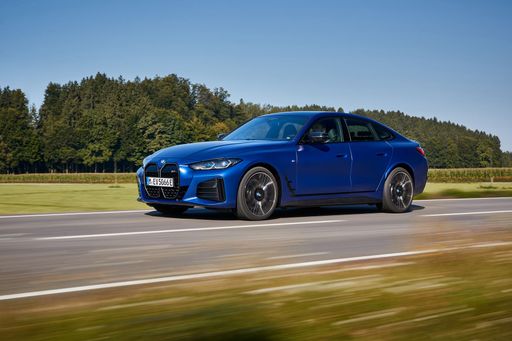 @ BMW Group Press
@ BMW Group Press
BMW i4
Costs and Consumption
View detailed analysis
Engine and Performance
View detailed analysis
Dimensions and Body
View detailed analysis
BMW i4
The BMW i4 arrives with the poise of a classic Gran Coupé, marrying BMW's playful handling with a sleek, modern interior that makes switching to electric feel like an upgrade rather than a compromise. For buyers who want a practical daily driver that still enjoys a spirited back-road run, the i4 quietly delivers smiles and a surprising dose of driver engagement.
details @ BMW Group Press
@ BMW Group Press
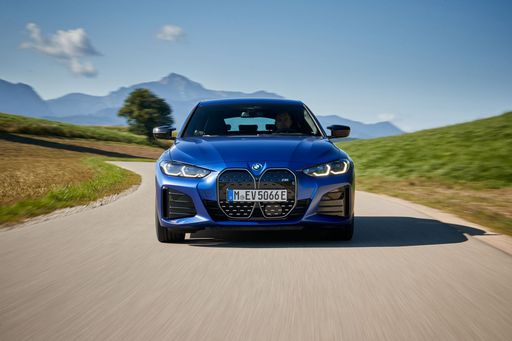 @ BMW Group Press
@ BMW Group Press
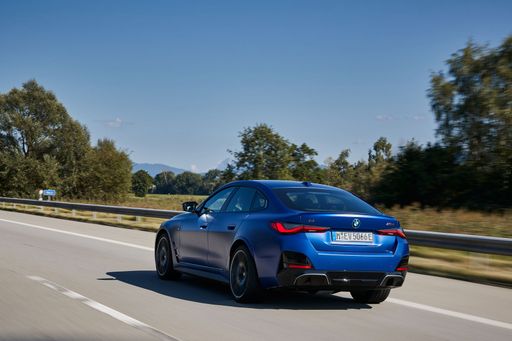 @ BMW Group Press
@ BMW Group Press
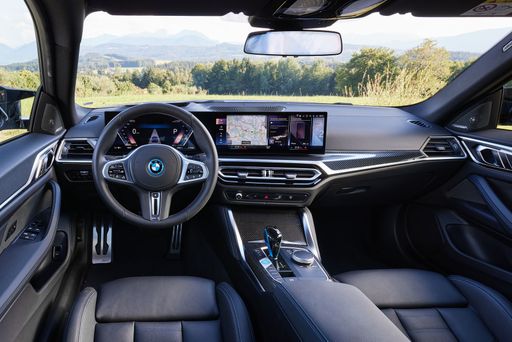 @ BMW Group Press
@ BMW Group Press
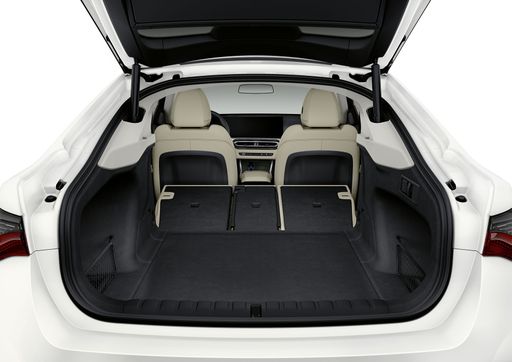 @ BMW Group Press
@ BMW Group Press
VW Golf
The VW Golf remains the everyman’s favourite — cleverly balanced, composed and just posh enough to feel grown-up without pretending to be something it’s not. It slips through town and eats up longer trips with a refined cabin, practical layout and a kindly, capable character that turns everyday driving into something a little bit special.
details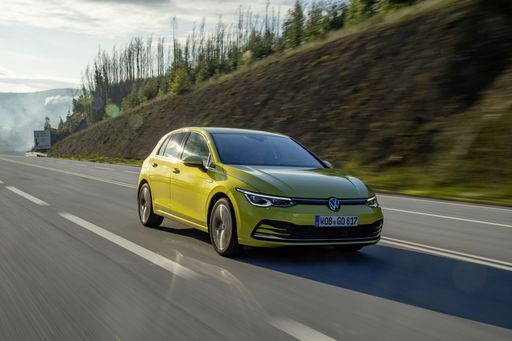 @ Volkswagen AG / VW Media
@ Volkswagen AG / VW Media
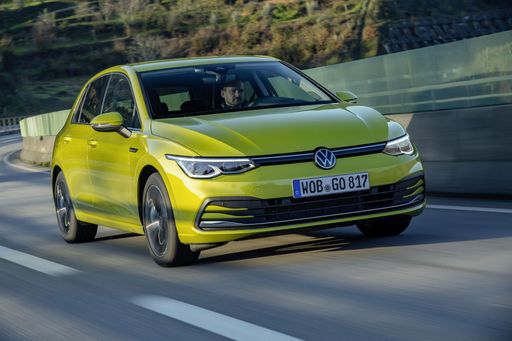 @ Volkswagen AG / VW Media
@ Volkswagen AG / VW Media
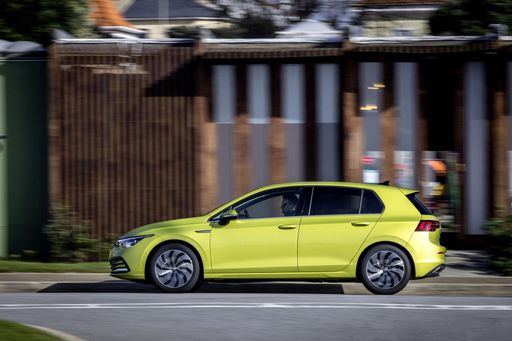 @ Volkswagen AG / VW Media
@ Volkswagen AG / VW Media
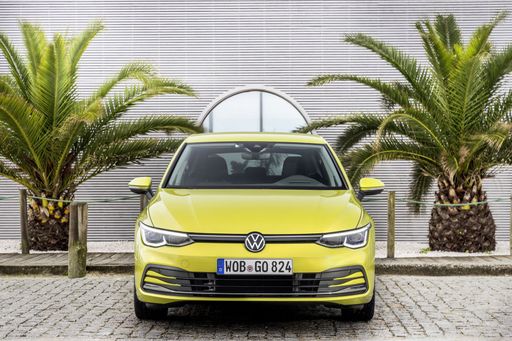 @ Volkswagen AG / VW Media
@ Volkswagen AG / VW Media
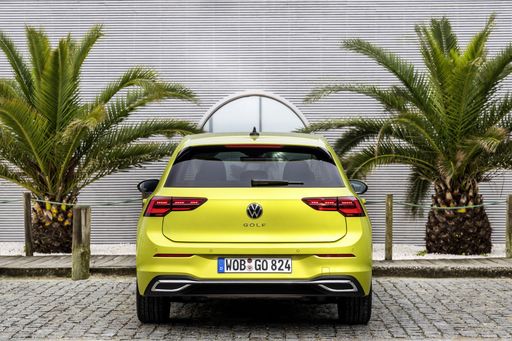 @ Volkswagen AG / VW Media
@ Volkswagen AG / VW Media
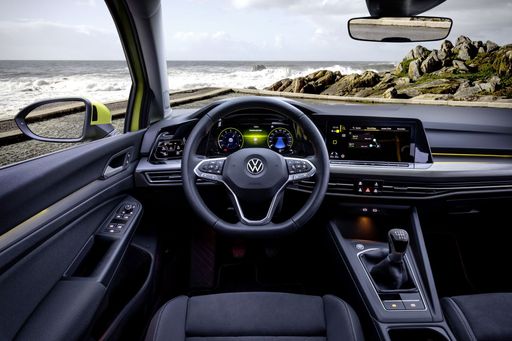 @ Volkswagen AG / VW Media
@ Volkswagen AG / VW Media
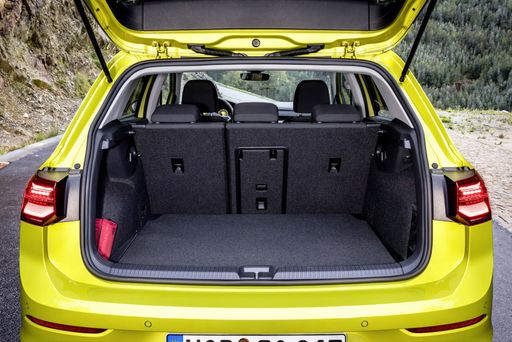 @ Volkswagen AG / VW Media
@ Volkswagen AG / VW Media
 @ BMW Group Press
@ BMW Group Press
|
 @ Volkswagen AG / VW Media
@ Volkswagen AG / VW Media
|
|
|
|
Costs and Consumption |
|
|---|---|
|
Price
49400 - 62500 £
|
Price
25200 - 47600 £
|
|
Consumption L/100km
-
|
Consumption L/100km
1.1 - 8.1 L
|
|
Consumption kWh/100km
14.7 - 16.7 kWh
|
Consumption kWh/100km
-
|
|
Electric Range
514 - 613 km
|
Electric Range
131 - 143 km
|
|
Battery Capacity
67.1 - 81.3 kWh
|
Battery Capacity
19.70 kWh
|
|
co2
0 g/km
|
co2
25 - 184 g/km
|
|
Fuel tank capacity
-
|
Fuel tank capacity
40 - 55 L
|
Dimensions and Body |
|
|---|---|
|
Body Type
Hatchback
|
Body Type
Hatchback
|
|
Seats
5
|
Seats
5
|
|
Doors
5
|
Doors
5
|
|
Curb weight
2070 - 2285 kg
|
Curb weight
1307 - 1662 kg
|
|
Trunk capacity
470 L
|
Trunk capacity
273 - 381 L
|
|
Length
4783 mm
|
Length
4282 - 4296 mm
|
|
Width
1852 mm
|
Width
1789 mm
|
|
Height
1448 mm
|
Height
1454 - 1483 mm
|
|
Max trunk capacity
1290 L
|
Max trunk capacity
1129 - 1237 L
|
|
Payload
445 - 480 kg
|
Payload
438 - 508 kg
|
Engine and Performance |
|
|---|---|
|
Engine Type
Electric
|
Engine Type
Petrol MHEV, Petrol, Diesel, Plugin Hybrid
|
|
Transmission
Automatic
|
Transmission
Automatic, Manuel
|
|
Transmission Detail
Reduction Gearbox
|
Transmission Detail
Dual-Clutch Automatic, Manual Gearbox
|
|
Drive Type
Rear-Wheel Drive, All-Wheel Drive
|
Drive Type
Front-Wheel Drive, All-Wheel Drive
|
|
Power HP
286 - 601 HP
|
Power HP
116 - 333 HP
|
|
Acceleration 0-100km/h
3.7 - 6 s
|
Acceleration 0-100km/h
4.6 - 10.2 s
|
|
Max Speed
190 - 225 km/h
|
Max Speed
202 - 270 km/h
|
|
Torque
400 - 795 Nm
|
Torque
220 - 420 Nm
|
|
Number of Cylinders
-
|
Number of Cylinders
4
|
|
Power kW
210 - 442 kW
|
Power kW
85 - 245 kW
|
|
Engine capacity
-
|
Engine capacity
1498 - 1984 cm3
|
General |
|
|---|---|
|
Model Year
2025
|
Model Year
2024 - 2025
|
|
CO2 Efficiency Class
A
|
CO2 Efficiency Class
D, F, G, C, B
|
|
Brand
BMW
|
Brand
VW
|
What drivetrain options does the BMW i4 have?
The BMW i4 is available as Rear-Wheel Drive or All-Wheel Drive.
The prices and data displayed are estimates based on German list prices and may vary by country. This information is not legally binding.
